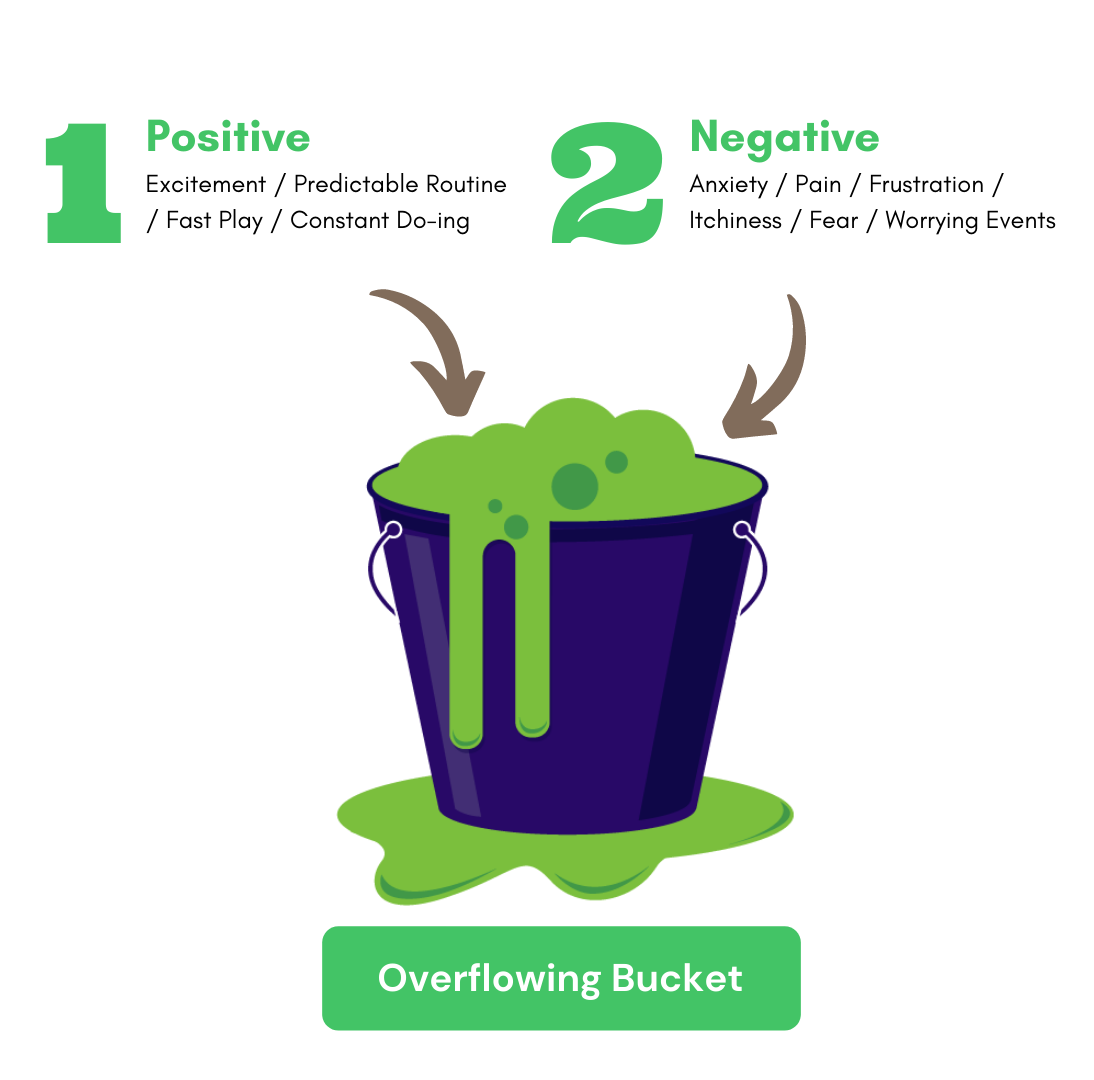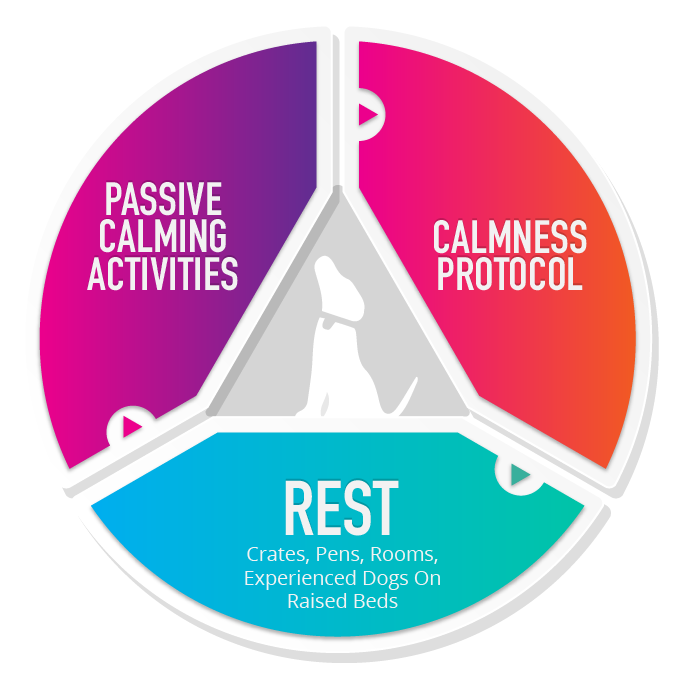FREE GUIDE
How to Transform a Reactive Dog to A Calm Dog
If you prefer reading, below is the video transcript.
If you haven’t joined my Facebook group, click below FB button to join.
TRANSCRIPT
How to Transform a Reactive Dog to A Calm Dog
Excessive barking, lunging, pulling on leash. Does any of that describe your dog?
In this video I’m going to share with you how to transform a reactive dog to a calm dog.
Hi I’m Chetz. I’m a dog parent and a game-based dog trainer.
Right now I have 4 dogs, Jersey 10 years old, Reo 4 years old, Yusni and Ciku both 15 years old. They are all rescued mutts.
I started rescuing dogs in 2007. It started with 5, then within a year I had 14.
When you bring a dog into your life, you don’t know what you’ll get into.
Even if you pick a specific breed of puppy that is known for its calmness, you might still get an easily excited and reactive dog.
Why is that?
This is because all dogs have their arousal or stress bucket. Even us humans, we also have our stress bucket.
Reactivity happens because this bucket has overflowed.
And like dog’s unique personality, their bucket limits also vary for each dog, regardless of breed, size or age.
There are 4 components of your dog’s bucket.

A dog that has a small bucket will be easily triggered or become reactive.
However, if the bucket hole is big, then he can become calmer faster, or it takes longer for it to overflow.
We also need to be aware of the natural state of the bucket.
The bucket might always be half full due to allergies, disease, or the living environment.
Next is what pays or contribute into the bucket.
And note that this bucket not only can be filled by something negative like anxiety or fear, but excitement and play can also contribute to this bucket.

And note that this bucket not only can be filled by something negative like anxiety or fear, but excitement and play can also contribute to this bucket.
Now you already understand the bucket, the first step to a calm dog is the Awareness of your dog’s daily or weekly activities.
Have a journal and list the things that might pay into your dog’s bucket
Example how many times he would encounter squirrel or other dogs during his walk?
Next, have a plan that include this Calmness Triad which helps in emptying your dog bucket.

First, incorporate passive calming activities like scatter feeding instead of using a bowl for your dog’s meal.
Kong, licky matts and puzzle are also passive calming activities.
Second, make sure your dog has time to really rest.
If you have multiple dogs, make sure each of them has their own safe space to rest like a crate or a room.
If your dog is noise sensitive, like mine, make sure the place for them to rest is quiet.
Now I make sure the doors, windows and curtains are closed during their rest time.
Next is Calmness protocol.
If you can’t be with your dog or train him, make sure he’s in a place where he can’t be easily disturbed.
Example, if your dog will get excited when he sees the mailman, make sure your dog is not in front of the house during that time.
Another calmness protocol is to keep the treats easily accessible, so that whenever you see your dog in a calm state you can reward him.
It’s better if your dog doesn’t even know that you’re there giving the treats.
Example, when you dog is sleeping, put the treats near his nose or mouth so when he wakes up the treats is magically there.
This is one of the strategies to have a calmer dog.
Try it this week and let me know how it goes on my FB group. The link is below this video is you haven’t joined yet.
In my next video I’ll show you some games you can play to help your dog empty their bucket.
So make sure you check your inbox in a few days.
